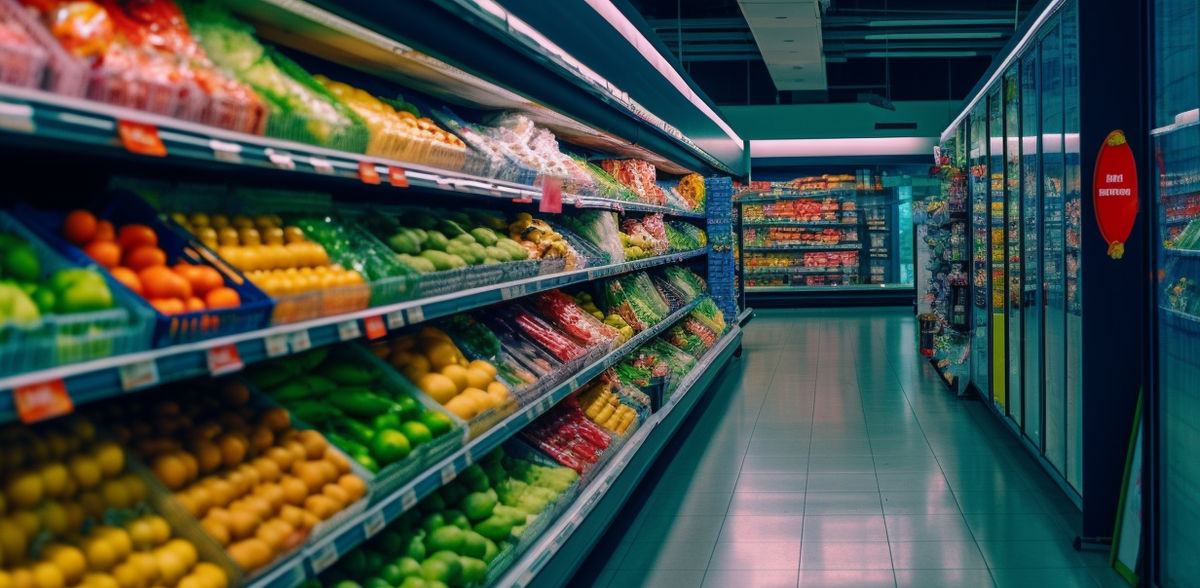Price vs. health: Food shoppers choose price
New study finds when healthy buying incentives are removed, food consumers choose price over health
Advertisement
A new study of food consumer shopping behaviors has found that when faced with a choice – lower prices or healthier foods – they will likely choose lower prices.
The study found that when you give food consumers temporary incentives to buy healthier foods, they will likely to choose those healthier foods. But when you take away the discounts, consumers are more likely to return to old behaviors of buying the less healthy/less expensive options.
The study, “The Persistence of Healthy Behaviors in Food Purchasing,” was conducted by Marit Hinnosaar of the University of Nottingham and Centre for Economic Policy Research in London.
Hinnosaar conducted in-depth research into the U.S. Special Supplemental Nutrition Program for Women, Infants, and Children (WIC). WIC gives vouchers for specific foods to mothers and their children age 5 and younger. In 2009, WIC policy reform changed the composition of food vouchers, introducing vouchers to encourage purchase of healthier products. To conduct her research, Hinnosaar used NielsenIQ household-level scanner data of grocery purchases.
“I conducted what you might call ‘difference-in-differences’ analysis to assess the immediate and long-term impacts of the healthier choice incentive program,” says Hinnosaar. “The product categories most targeted by the program were bread and milk.”
Hinnosaar says that the evidence points to a decrease in purchases of healthier options after participants left the program.
“During the incentive program, vouchers were restricted to whole wheat bread and low-fat milk,” she says. “Since some of these options tend to be more expensive, once the vouchers were no longer available for these products, consumers tended to choose items based on price.”
Still, there was no measurable difference in the total quantities of products in the WIC vouchers during or after the program. These products included bread, milk, fruits and vegetables, juice, eggs and cereal.
“Based on these findings, it is possible to conclude that a modest post-program subsidy once program participants leave the program – to incentivize healthier food choices – may be a more sustainable way to lengthen the program’s impact and lead to long-term healthier food purchases.”
Note: This article has been translated using a computer system without human intervention. LUMITOS offers these automatic translations to present a wider range of current news. Since this article has been translated with automatic translation, it is possible that it contains errors in vocabulary, syntax or grammar. The original article in German can be found here.




























































